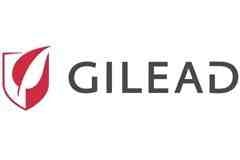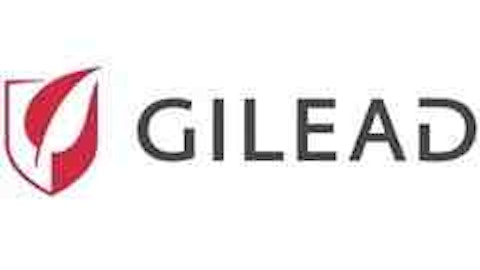In honor of National Black HIV/AIDS Awareness Day, I focus on one of the biotech companies leading the charge against HIV/AIDS: Gilead Sciences, Inc. (NASDAQ:GILD). The company’s drugs help to lengthen the lives of many people living with HIV, while also providing sizeable revenue. Further, the stock is currently attractively valued, and, with solid future growth prospects, is worth consideration by investors seeking exposure to the healthcare sector.

One of the problems with anti-HIV drug treatments has been the number of pills patients have had to take. Often, patients were prescribed cocktails of many different drugs. Biotech and pharmaceutical companies sought ways to reduce the number of pills. This is an area where Gilead has made considerable headway since 2004, when the FDA approved its drug Truvada, which combined its anti-HIV drugs tenofovir and emtricitabine.
More recently, in August of last year, the FDA approved Stribild, which combines Truvada with Gilead’s drugs elvitegravir and cobicistat. What is particularly interesting about cobicistat is that it prevents the liver from metabolizing the HIV drugs. The idea is that it enables patients to be treated with lower doses and fewer side effects, all in a single pill. Because of this, I expect Stribild will become widely prescribed by infectious disease physicians going forward. Sales of Stribild hit $40 million in the fourth quarter of last year. Sales of other anti-HIV drugs remained strong. For example, sales of Atripla and Truvada each climbed 11% in 2012.
Gilead’s existing drugs have met considerable demand. Over the last five years, Gilead’s sales have grown at a compounded annual pace of nearly 23%. While very fast growth rates are unsustainable over the long term, it is worth noting that Gilead’s revenue in 2012 climbed 15.7%, just a touch slower than its three-year pace of 16.3%.
The company continues to research other treatments for HIV, as well as other diseases and disorders, including liver disease, cardiovascular disease and cancer. While no one can say for certain which drugs will receive regulatory approval, the company’s existing products and its pipeline suggest further revenue and earnings gains down the road. At present, analysts covering Gilead expect the company to post earnings per share (EPS) of $1.97 this year, rising to $2.61 next year.
Gilead is an appealing choice for investors looking for exposure to the HIV/AIDS aspect of the healthcare market. With a P/E ratio of about 24, GILD shares are cheaper than many other biotech companies. Moreover, it has an appealing PEG ratio. The PEG ratio examines the stock’s P/E based on future earnings, and divides it by the estimated rate for long-term earnings growth. Lower numbers indicate cheaper stocks. Gilead’s PEG ratio currently stands at 0.63, which further suggests that the stock is attractively priced.
The article HIV/AIDS and Gilead Sciences originally appeared on Fool.com and is written by Erik Dellith.
Copyright © 1995 – 2013 The Motley Fool, LLC. All rights reserved. The Motley Fool has a disclosure policy.

